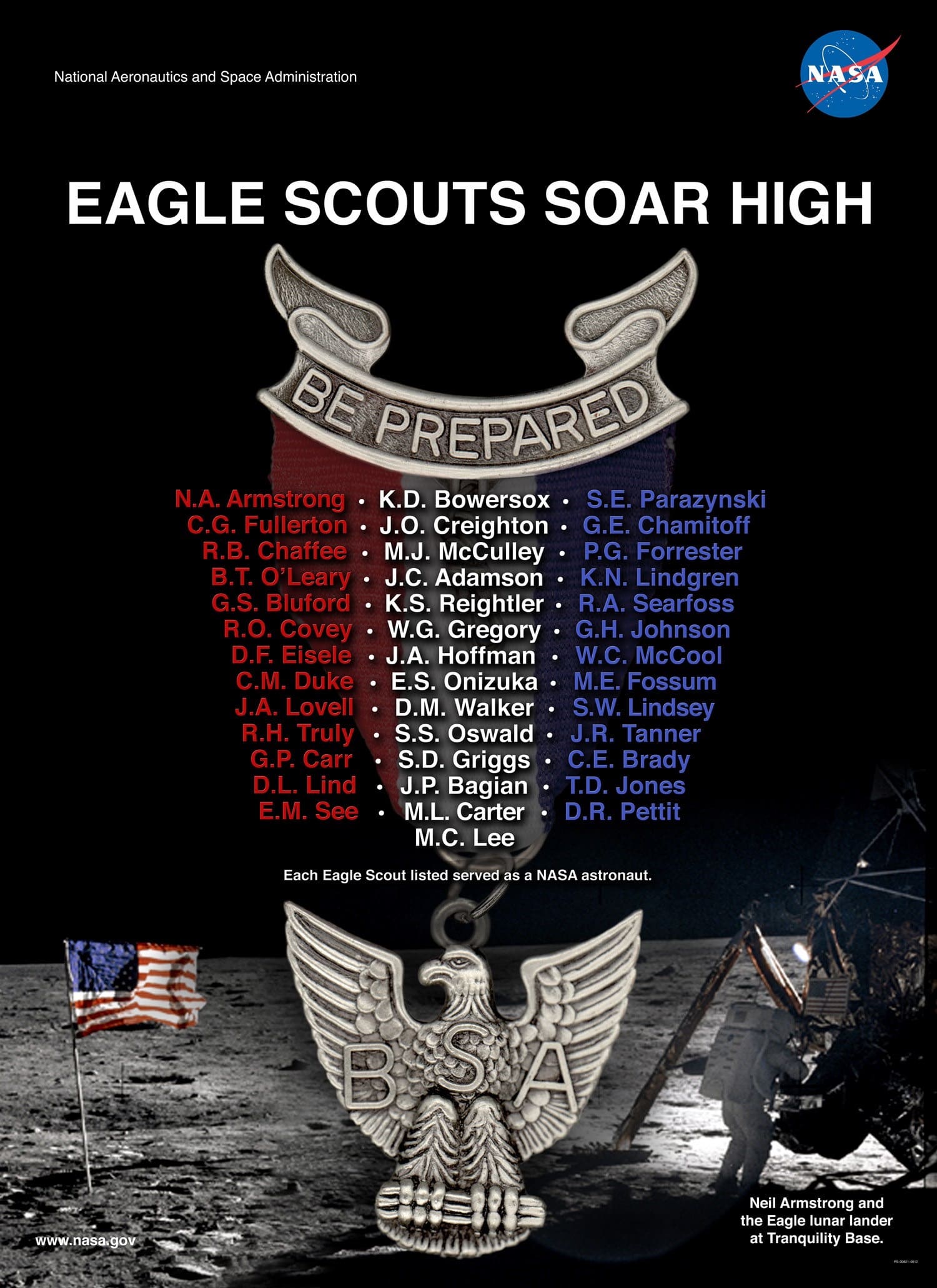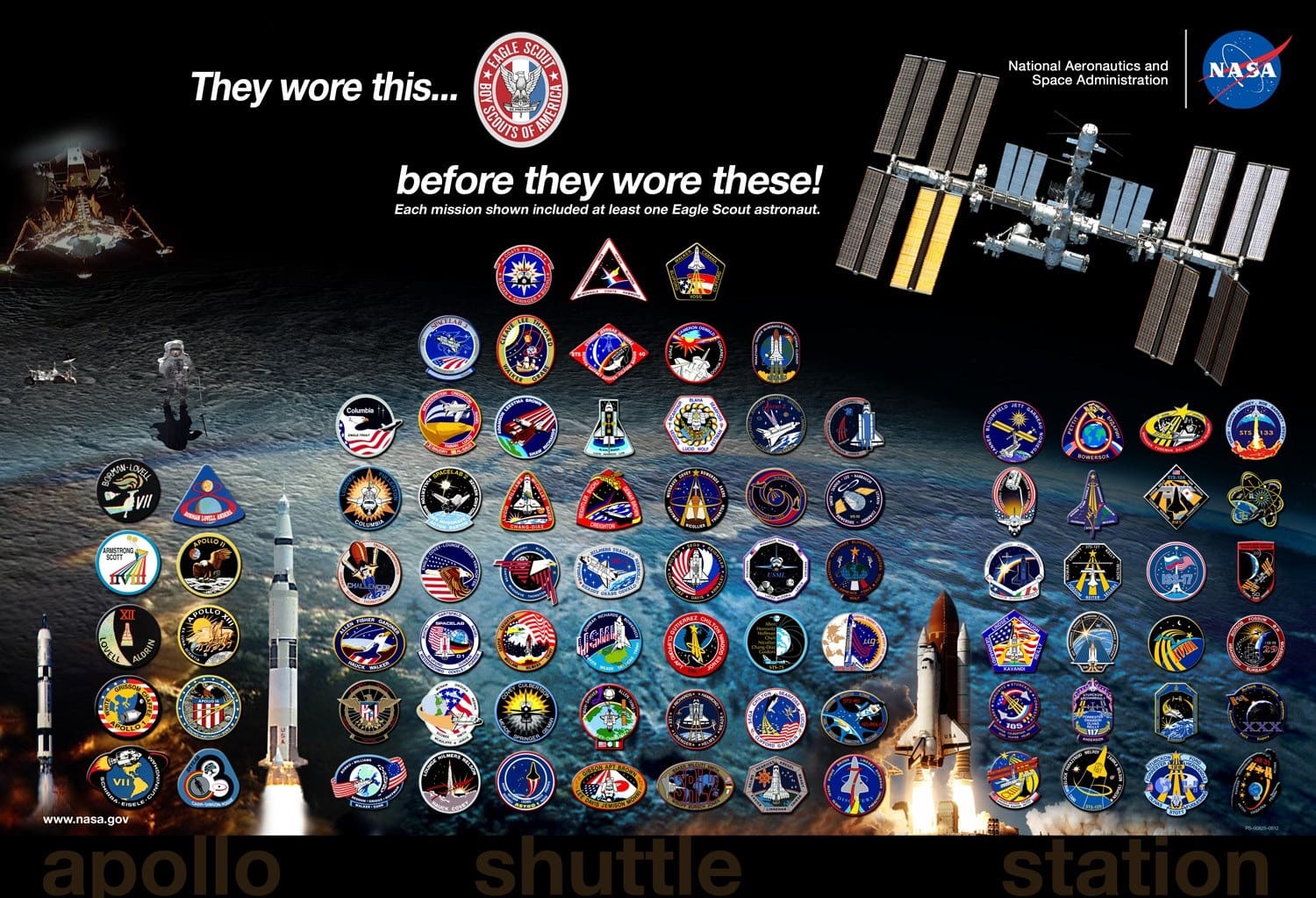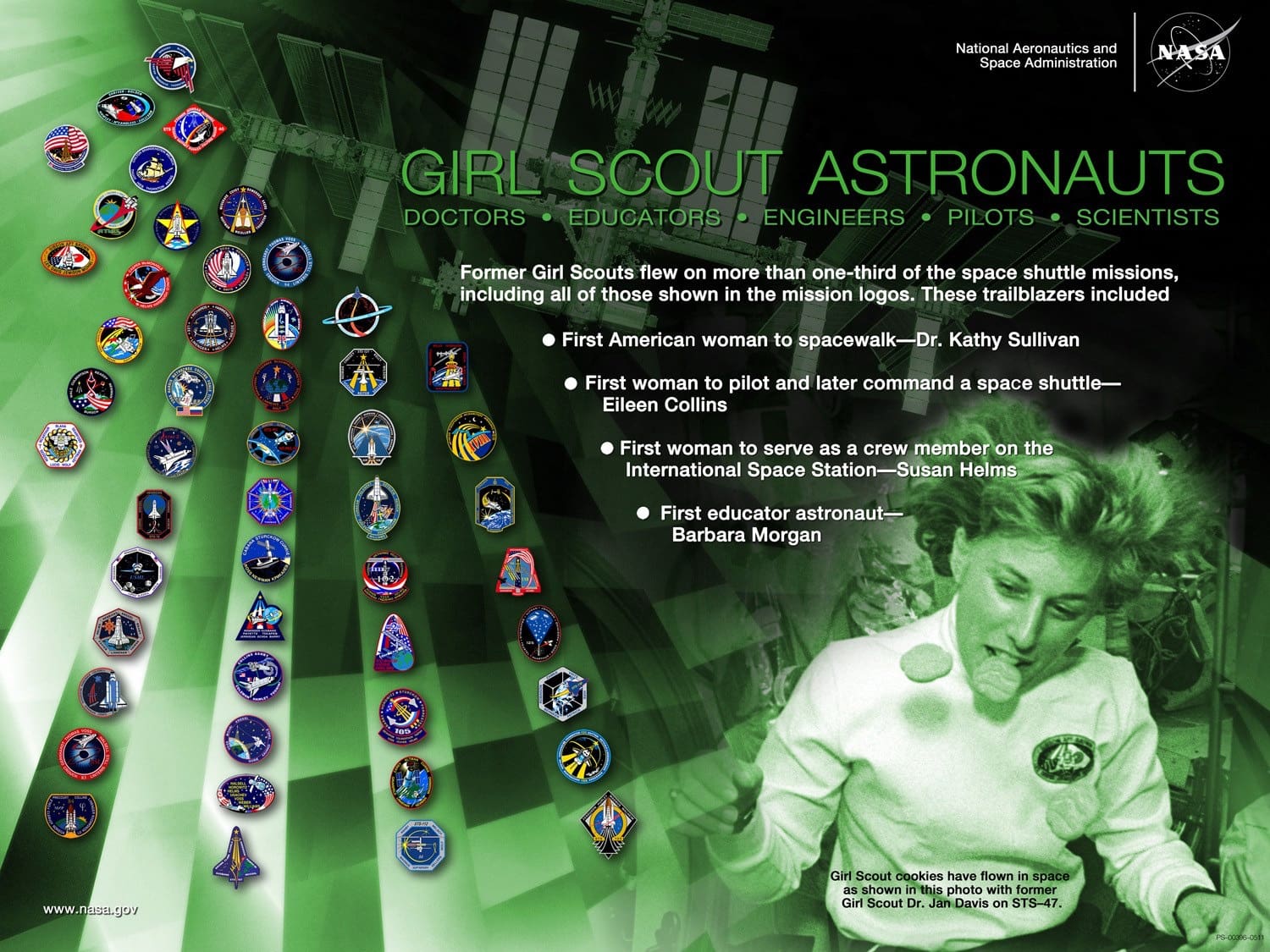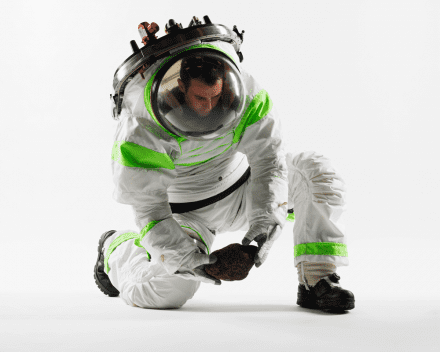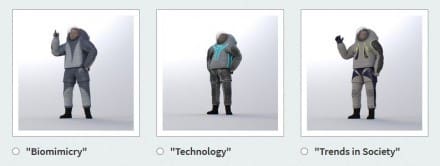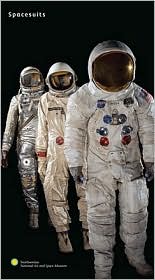The National Air and Space Administration’s Armstrong Flight Research Center has released a variety of videos depicting the devlopment of equipment used for space exploration.
This 48-second video from 1969 shows a Lunar Landing Research Vehicle (LLRV) taking off and hovering during an early flight test.
The LLRVs, humorously referred to as “flying bedsteads,” were created by a predecessor of NASA’s Dryden Flight Research Center to study and analyze piloting techniques needed to fly and land the tiny Apollo Lunar Module in the moon’s airless environment. (Dryden was known as NASA’s Flight Research Center from 1959 to 1976.)
Success of the LLRVs led to the building of three Lunar Landing Training Vehicles (LLTVs) used by Apollo astronauts at the Manned Spacecraft Center, Houston, TX, predecessor of NASA’s Johnson Space Center.
Apollo 11 astronaut Neil Armstrong, first human to step onto the moon’s surface, said the mission would not have been successful without the type of simulation that resulted from the LLRVs and LLTVs.
Visit youtube.com for access to the full playlist.


